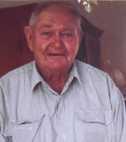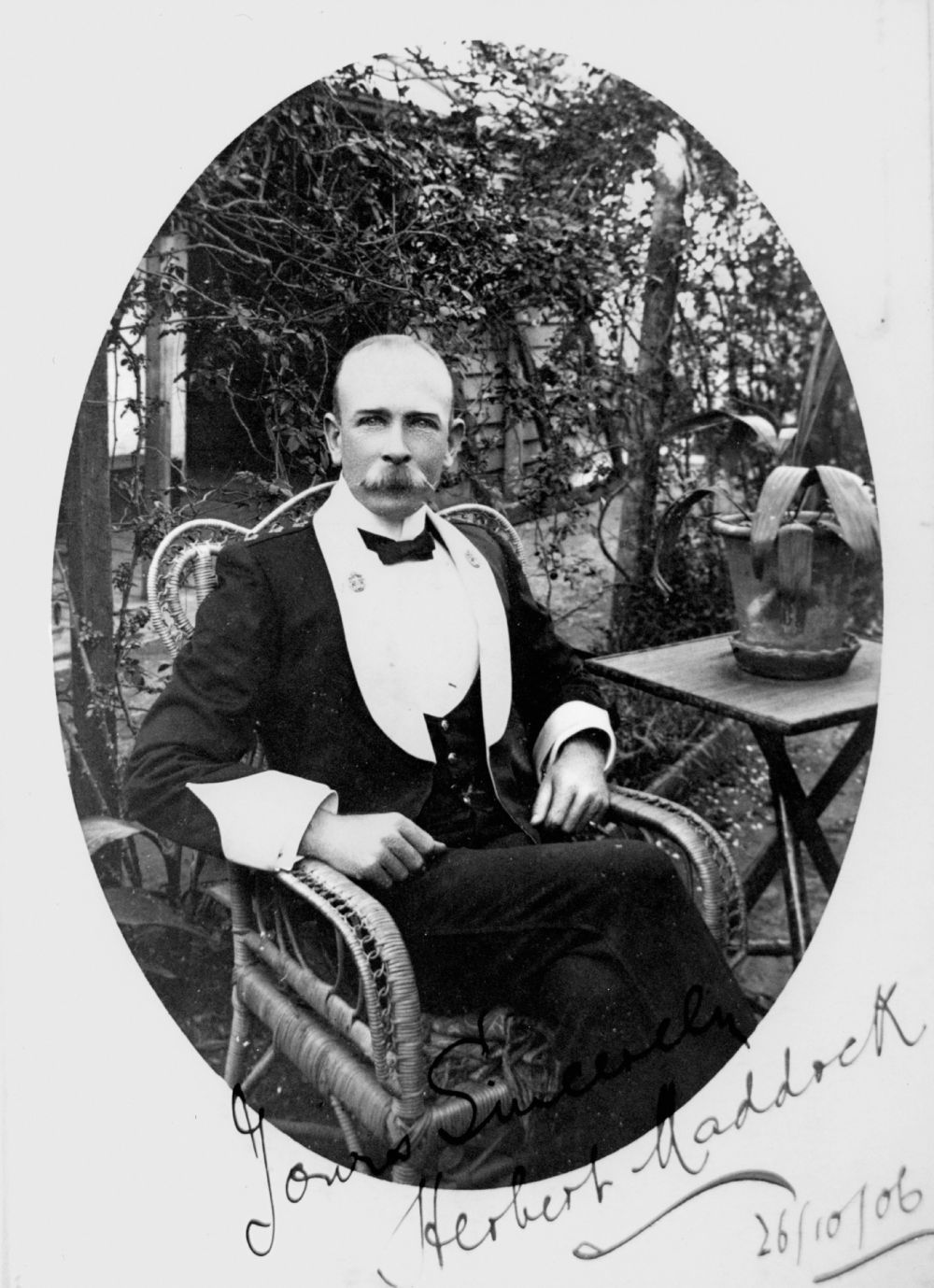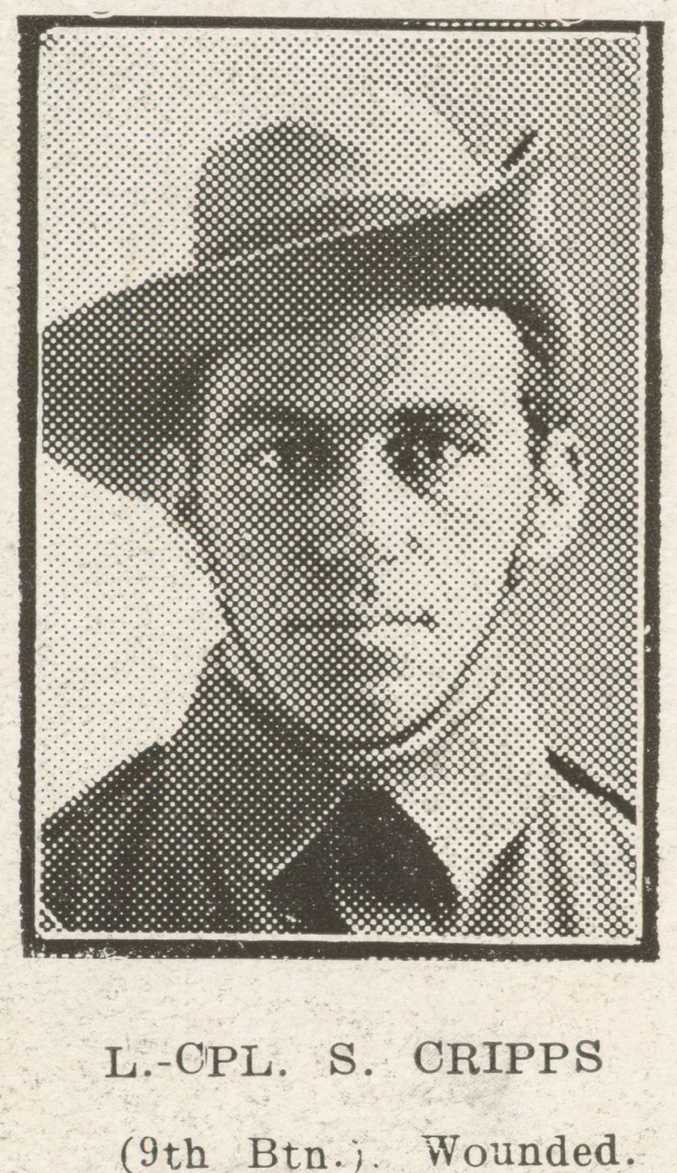Gordon Leslie Turkington
Gordon was born on the 26th Feb, 1934, the first of eight children.


"These four Queenslanders helped lay the framework of the RSL - the ex-service organisation whose political power and ability to advocate successfully for the welfare of the Nation's veteran community remained unmatched for the greater part of the 20th century."
- by Susan Kellett
Almost as soon as wounded and sick members of the Australian Imperial Force (AIF) began arriving back to Australia in August 1915, they started forming clubs and associations. These groups aimed to maintain the close bonds fostered by service and support returned men who had fallen on hard times. The Returned Soldiers' Association (RSA) was one such group. Victoria was the first State to establish an RSA in September 1915 with New South Wales and then South Australia following shortly thereafter. The RSA in Queensland formed in February 1916.
Each State RSA formed and operated independently to the others. As men continued to return from the front, membership grew, and it was not long before the political advantages of amalgamating into a national organisation were realised. In June 1916, four members of the Queensland RSA - Corporal Sidney Cripps, Sergeants John Collins and William Burns and Captain Herbert Maddock - were elected to represent the State at a RSA delegates' meeting in Melbourne. From this meeting, the organisation known today as the Returned and Services' League (RSL) was born. In the next decade, the RSL lobbied for and obtained a raft of benefits, entitlements and pensions that made Australian veterans the envy of the Commonwealth.

John Collins was the youngest of the four Queensland delegates. Born in 1890, he grew up on the banks of the Murray River in the northern Victorian town of Echuca. While working as an assistant at the local post office, Collins became aware of vacancies for telegraphists in Queensland. He undertook and passed the necessary public service examinations and, in 1912, transferred to Brisbane. When war was declared in August 1914, the twenty-four-year-old enlisted into the 15th Battalion and, by Christmas 1914, had embarked for war. Collins landed at Gallipoli on the afternoon of 25 April 1915. While scaling the steep terrain, he was felled by a gunshot to the knee. The young infantryman found himself evacuated back to Alexandria where his convalescence was complicated by fainting episodes. Declared medically unfit, Collins was back in Brisbane and discharged by mid-August 1915.
Collins was one of the first to join the newly formed RSA in February 1916 and was elected secretary, a position that he continued with the establishment of the RSL later that year. He proved to be a capable administrator and quickly raised £4000 for the fledgling organisation. Collins resigned from the League in early 1917 to pursue a senior role within a Queen Street insurance company but his tenure was short-lived. He re-enlisted in the AIF in September 1918 only to be discharged again when the Armistice was declared two months later. Not to be deterred, Collins reenlisted a third time. He served in London as part of the AIF's demobilization efforts until illness led to his discharge in early 1920.
Upon his return to Australia, Collins settled in Sydney where he remained an active member of the RSL. He served on the committee of the Eastern Suburbs sub branch, Bondi, before being elected its President. John Collins was recognised for his work for the veteran community in 1954 when he was awarded an OBE in the Queen's New Year Honours. He died in Randwick Hospital in 1959 aged 68 years.

At forty-six, Captain Herbert Maddock was the oldest of the Queensland delegates. A professional public servant, he joined the Treasury Department in 1883 at the age fourteen and was working in the Harbours and Rivers Department when Australia went to war in 1914. Maddock had twenty-six years of military experience under his belt when he enlisted in the AIF in May 1915: he had joined the State's colonial forces as a bugler with the Darling Downs Regiment in 1884 before transferring to the Volunteer Queensland Rifles five years later. In 1897, he was commissioned into the Moreton Regiment. Maddock embarked from Australia in June 1915 as commander of the 6th Reinforcements, 9th Battalion.
Like Collins, Maddock's was short war. After arriving in Egypt, he was incapacitated by an inability to sleep. Declared medically unfit, he returned to Brisbane where, in November 1915, he was discharged and resumed his career in the public service. Maddock joined the RSA upon meeting John Collins in February 1916 and became an active and well-known member of Brisbane's community of returned servicemen. He held a position on the RSL's State Board until 1919 after which he became a member - and then President, of Brisbane sub branch. After retirement from the Taxation Department, Maddock continued to arrange reunions for the men of the Moreton Regiment. He died in 1944 aged 78 years.
William Burns did not serve abroad with the AIF. However, his service in the Boer War ensured his membership in the RSA. Burns was an electrician from the Lockyer Valley who enlisted in the State's colonial forces in 1900. At the age of twenty-seven, he sailed for South Africa with the 3rd Queensland Contingent. Trooper Burns returned to Australia in 1901 but his love of the Transvaal and the attractive benefits of service in South Africa saw him return to Johannesburg. He enlisted with the South African Mounted Rifles in July 1914 where he attained the rank of Squadron Sergeant Major. Burns was wounded while fighting in West Africa and returned to Australia in late 1915. He enlisted in the AIF but, while in camp, was deemed as medically unfit and discharged.
Burns quickly rose to prominence in the RSL. He was the League's first Federal General Organiser, served as its Secretary and helped underpin the foundations of the benefits, entitlements, and pensions that the League attained for the returned community. While working in Melbourne on RSL League business in May 1919, Burns fell acutely ill. He was admitted to Caulfield Military Hospital where he died from complications of a perforated ulcer. He was forty-six-years of age.

The experience of Sidney Cripps justified the need for an organisation such as the RSL in post-war Australia. Cripps was born into a family of undertakers in 1888. His father and uncle founded the successful partnership of Cannon and Cripps but, rather than follow them into the funeral business, Cripps established himself as a commercial traveller, city merchant and one half of the profitable partnership of Cripps and Co. With the outbreak of war, Cripps closed his business interests and enlisted in the AIF. He served with the 9th Battalion and was aboard the second boat to land at Gallipoli on the morning of 25 April 1915.
While fighting at Gaba Tepe in late June, Cripps suffered nerve damage to his left shoulder and concussion after a shell blast threw him into a nearby gully. On 30 June 1915, he was shot in the left thigh. The bullet buried itself close to his hip joint and surgeons were reluctant to operate on the young soldier. During his convalescence, Cripps suffered ongoing pain from his injuries: rheumatism of his hip and shoulder as well as severe headaches. Declared medically unfit, he was back in Brisbane by March 1916. It did not take Cripps long to join the RSA: its office was located opposite his lodgings in Elizabeth Street.
Like many men returning home from the front, Cripps was plagued by pain and haunted by traumatic memories of the war. Unable to find work, he struggled financially and was unable to re-establish his business. He applied for a small government loan in mid-1917 but was turned down. Several months later, he moved to Sydney to try to secure employment. By Anzac Day 1918, Cripps was still without an income. He was drinking heavily and in trouble with the law. After pawning his watch, Cripps bought a train fare, and returned to Brisbane.
For the next two decades, the life of Sidney Cripps was characterised by increasing debility and unemployment. Until his mother's death in 1929, his only regular source of income came from looking after her property. Cripps was unable to return to his job as a commercial traveller as weakness in his left arm prevented him packing and transporting samples, and work as a rent collector was short-lived due to the physical limitations of his damaged hip. The financial and medical support Cripps received from the government came courtesy of the concessions that the RSL - the organisation he had voted to establish in 1916 - advocated, lobbied, and won for all returned men in the decade after the war. In the mid-1930s, Cripps finally secured work as a casual employee at Dalgety's wool-store, Teneriffe. Among his duties, he sewed bales of wool until 1948 when failing health forced him to retire and live off his service pension. Sidney Cripps died at the Brisbane General Hospital in 1956. He was sixty-eight-years-old.
The post-war experiences of today's veterans are not dissimilar to those faced by John Collins, Herbert Maddock, William Burns and Sidney Cripps. However, unlike subsequent generations of service personnel, the men of the AIF returned from war to a country without the means to support those who suffered from the physical, medical, and emotional effects of their service. These four Queenslanders helped lay the framework of the RSL - the ex-service organisation whose political power and ability to advocate successfully for the welfare of the Nation's veteran community remained unmatched for the greater part of the 20th century.
This Remembrance Day, show your support to RSL Australia by purchasing a poppy or donate today at
Lest We Forget
Share your own story or eulogy about a loved one, online in a safe environment for future generations. Please click below.
Share their story